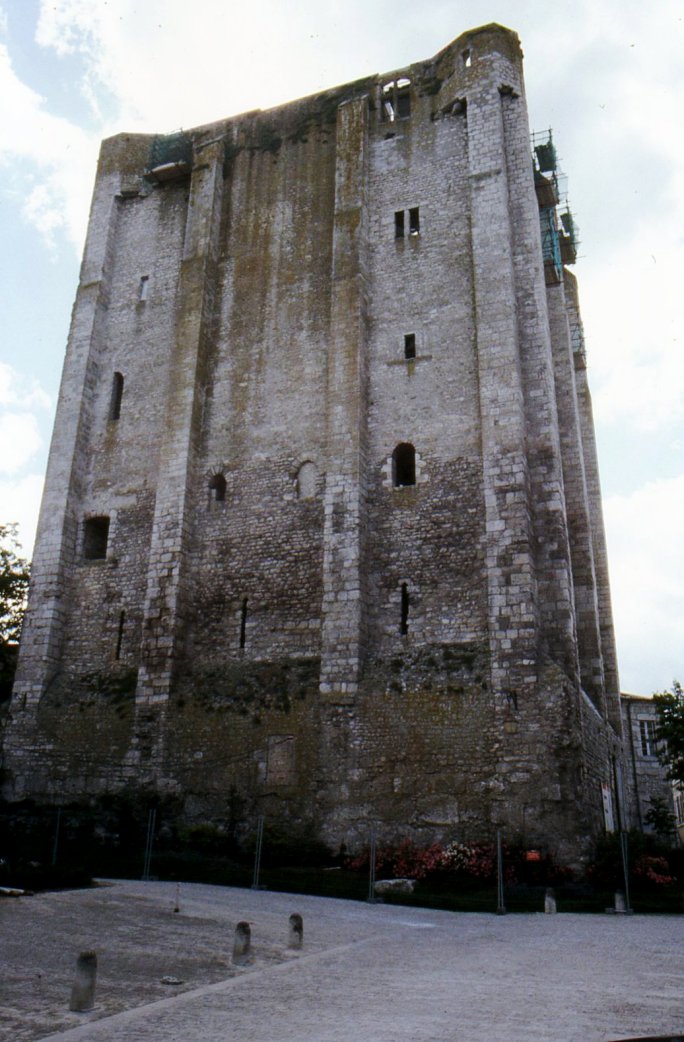Beaugency

Beaugency was a site of some importance along the
Loire, set
between Orleans and Blois, protecting the former from the latter.
In 1104 the first council of Beaugency again
excommunicated Philip I (d.1108), who had repudiated his queen, Bertha
of Hainault, on the grounds she was too fat. This had allowed him
to abduct and
bigamously
marry Bertrada Montfort (d.1118), Count Fulk Rechin (d.1114) of Anjou's
wife. This abduction had occurred as early as 1092. After
this council Philip publically put Bertrada aside, but never actually
parted from her. In April 1152, the second council of Beaugency
allowed
Philip's grandson, King Louis VII (d.1180), to divorce
Eleanor of Aquitaine. She then fled from Beaugency, avoiding an
ambush from the count of Blois, who intended to forceably marry her,
and
then avoided a second ensnarement from the brother of Henry of Anjou.
Henry Plantagenet (d.1189) finally married her at Poitiers that May in defiance of the
allegance he owed King Louis.
The
castle was later acquired by King Philip le Bel (d.1314) and changed
hands four times during the Hundred Year's War, before finally being
surrendered to
Joan of Arc in 1429 after the relief of Orleans. In
1442 it passed to the count of Dunois who rebuilt the fortress. In
this he was copied by
Cardinal Le Longueville in 1530. Finally the castle was burned by
the
Protestants in 1567 during the wars of Religion.
Description
The main remnant of the castle is now a tower keep of five
stages, 120' high, with walls 12'
thick at the base. This was once emmotted, but the mound was
removed in 1827. Originally the keep was probably a hall house of
the eleventh century, which was subsequently raised in height, just as occurred at Loches and Montrichard.
Slight
remains of a
bailey wall date to the thirteenth century as would the fortified
bridge over the river if it had survived.
Why not join me here and at other French
castles? Information on this and other tours can be found at Scholarly
Sojourns.
Copyright©2019
Paul Martin Remfry

